|
104. Melitaea phoebe (Denis & Schiffermüller, 1775) / Knapweed fritillary / Nymphalidae – Melitaeinae
NL: grote veldmelitea, knoopkruidparelmoervlinder / D: Flockenblumen-Scheckenfalter / F: grand damier, melitée des centaurées
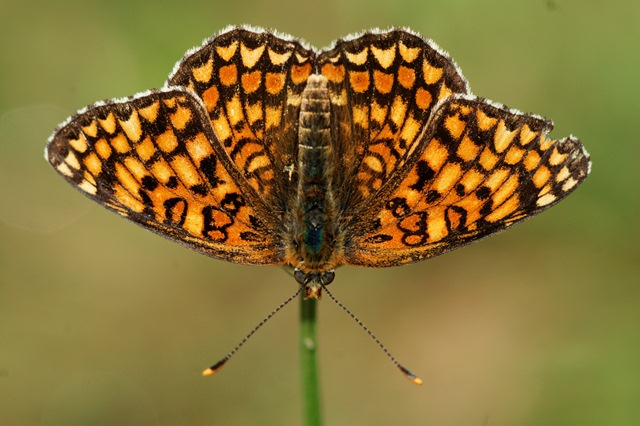 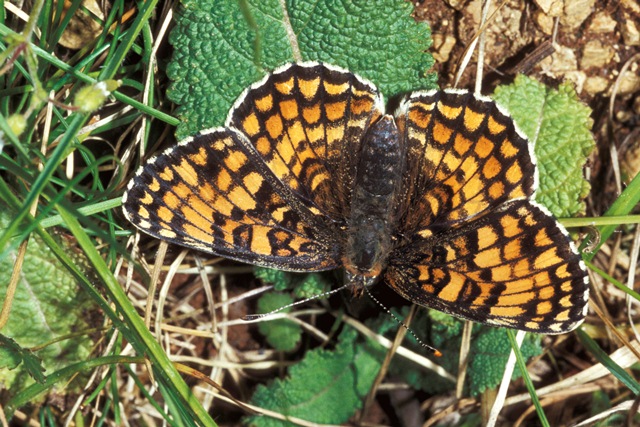 
Photographs: Jeroen Voogd, Frits Bink, Jeroen Voogd ©.
Medium-sized, wing length 22 (20-24) mm. In the Benelux this species used to occur in the southern parts of Luxemburg and Wallonia where it was an inhabitant of grassland on warm and dry sites and country roads. However, there have been no records since 1973. It is still present on nearby chalk grasslands near Verdun in the valley of the Meuse, France.
Butterfly is on the wing from mid-May until mid-June and peaks early-June and again end-July until end-August and peaks early-August. The species is known from sub-continental to continental climates, amplitude 7 to 17. Required heat sum is 900°d for two generations and maximum tolerated 3000°d, corresponding climate window 26 weeks and full year open.
The species occurs widely in Mediterranean region, the butterfly is variable in appearance and life cycle. In many features it resembles Melitaea cinxia, the species of temperate climate. The ecological differences are based on the use of the different hostplant species, composites and plantains.
Ecological characteristics
Behaviour over time
Overwintering: small larva of about 5 mm in length, solitarily in litter layer.
Reproduction: oviposition starts after 8-12 days when the body contains 322 (246-375) eggs, potential production 1.5 times as much.
Larval feeding periods: summer brood about 40 days, in overwintering generation about 20 days in August until early-September and in next spring 52 (44-60) days in period early-April until end-June.
Generations: variable, in temperate climate one, followed by a partial second generation, however in Mediterranean climate several in succession.
Spreading of risk: spread in developing rate and flexibility of diapause.
Life cycle: egg about 20 days; larva 43 weeks; pupa 18 (15-30) days.
Life span of adult: rather long, 3 weeks.
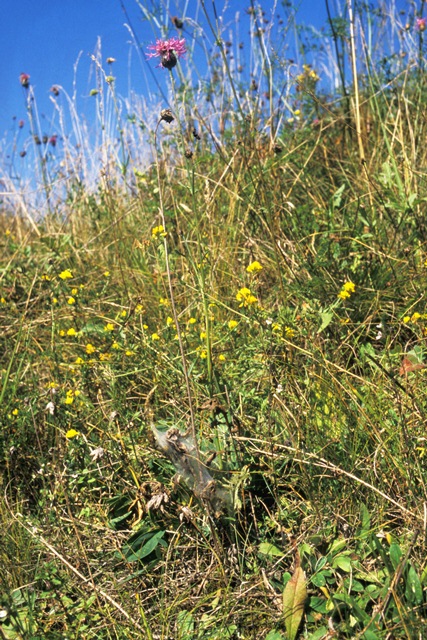 
Photographs: Frits Bink, Jeroen Voogd ©.
Behaviour in space
From stay-at-home to migrant: stay-at-home, spatial requirement modest.
Finding a mate: male patrols.
Orientation in the landscape: edges in open landscape such as verges along road sides and mosaic in vegetation of short and tall grass.
Oviposition: in several large batches on the underside of the leaf of the hostplant.
Defence
Threats from other organism: larvae are armoured with bristles.
Threats from the environment: small larvae spin a big nest that protects them.
Feeding habits
Adult: nectar of flowers, often those of the own hostplant.
Larva: as small larva it is gregarious, late in season and next spring solitary.
Larval foodplants
Plant species: Asteraceae, e.g. Centaurea jacea, C. scabiosa, Cirsium acaule.
Journal
Rearing experiment based on specimens from Dieue-sur Meuse, Lorraine, France.
19 August 1984: part of a nest of third instar larvae on Cirsium acaule removed.
9 September: larvae in diapause.
Overwintered indoors15 March 1985: from time to time larvae appear occasionally.
18 March: two larvae ate young shoot of Centaurea cyanus.
28 March: two larvae at end third instar.
31 March: last larva became active.
6 April: two larvae in fourth instar.
20 April: biggest larva fully grown.
29 April: first larva pupated, larger than average pupa.
9 May: second larvae a prepupa.
20 May: first adult appeared, female.
27 May: second one, female.
30 May: third one, male.
Table 104-1. Results of dissections

Table 104-2. Collection and observation localities
D, Staffelstein, 50° 05’ 32”N – 11° 01’ 25”E; 16 June 1985.
D, Kallmünz, 49° 09’ 53”N – 11° 56’ 41”E; 17 August 1989 (larvae).
D, Pottenstein, 475 m, 49° 47’ 25”N – 11° 25’ 16”E; 15 June 1985.
F, Pont-en-Royans, 45° 03’ 42”N – 5° 20’ 53”E; 27 August 1984.
F, Lorraine, Dieue-sur Meuse, 49° 05’ 11”N – 5° 27’ 25”E; 11 July 1984, 19 August 1984 (larvae), 10 July 1985.
F, Lorraine, Lion-devant-Dun, 300 m 49° 23’ 40”N – 5° 14’ 03”E; 11 July1984.
F, Pagny-la-Blanche-Côte, 308 m, 48° 32’ 37”N – 5° 42’ 58’E; 7 July 2006.
Fig. 104-1. Melitaea phoebe, phenogram adapted from Ebert & Rennwald 1991a: 499.
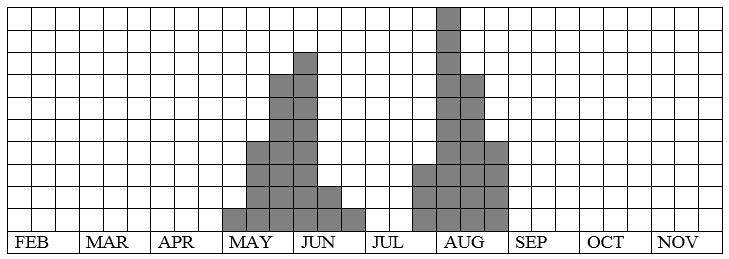
Fig. 104-2. Melitaea phoebe, habitat characteristics.
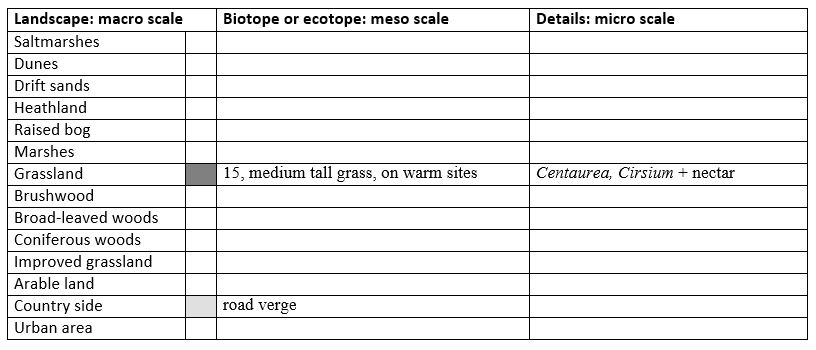
Fig. 104-3. Melitaea phoebe, climate matrix, heat-sums 900 - 3000°d.
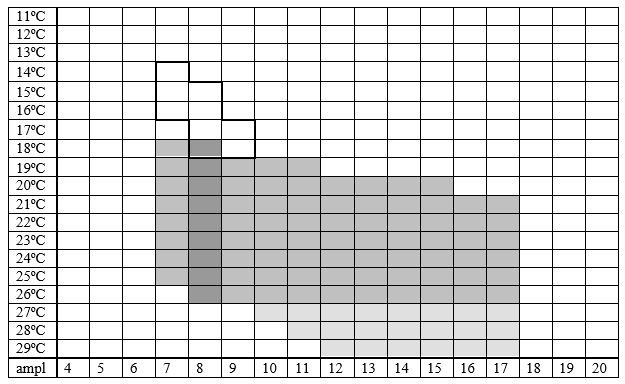
|










